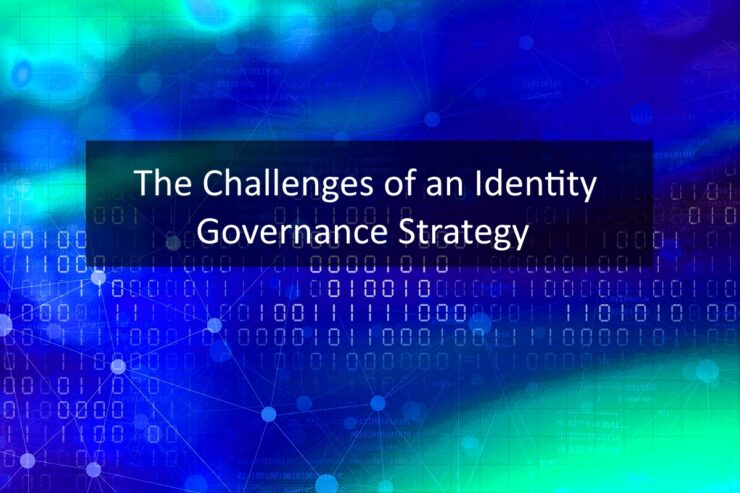The concept of Identity Governance itself is an offshoot of the Liberty Group’s project that was aimed at standardizing the identity information utilized by enterprises. Identity governance, therefore, is the central organization of access control and the identity management of users. Identity governance is no easy fit for most organizations as they tend to make a lot of changes and incorporate a variety of systems to meet up with the peculiar needs of their businesses without necessary thought being accorded to how these systems would accommodate each other or work together.
As a result of these extemporaneous changes, it becomes a challenge to ascertain who is in charge of what, the risk posed to the organization and its users, and whether or not access ought to be revoked. While efficient data governance can be achieved with a good Identity Governance Strategy, the former is not without its challenges. We will consider these presently and afterward, look at measures that can help you combat the challenges head-on.
The challenges of an Identity Governance Strategy
1. Orthodox Processes
Technology is ever evolving and if businesses fail to move with the times, they run the risk of being left behind. And that is exactly the issue with most businesses today as even though to their credit, they produce valuable data that could help them make outstanding business decisions, they continue to be flawed by the lack of efficient systems adept at data extraction and utilization.
And because of this deficiency, they continue to use manual processes to carry out data analysis, data extraction, and data reporting. These manual processes besides their cumbersome nature are time-consuming and very error prone as they are carried out by humans. More so, manual processes make audits difficult and hard to tell who has control over the process of governance.
2. Poor execution
Poor execution can affect both provisioning and de-provisioning. In provisioning, poor execution results from the difficulty of limiting the privileges of new users who may be granted more access than is necessary.In de-provisioning, poor execution rears its head as administrators without current information on individual accounts tend to neglect accounts that belonged to former employees. These accounts can easily be accessed by fraudulent hackers for their nefarious purposes.
3. Silos
There is an infinite number of content management platforms available in the tech market today. These business applications have different levels of security and may have different response times a situation which creates a management problem when there is a disconnection of business solutions. This lack of visibility makes it impossible for the teams in charge of governance to manage things such as access, certification, and identity effectively.
4. Lack of Compliance culture
If we were to make a summary of all these challenges, one key strand becomes evident: there is apathy about the way that a lot of organizations handle compliance and identity governance. It is quite unfortunate that even though these essential areas should by now make up the day-to-day activity of every functional enterprise. One reason why these areas suffer neglect is the view, albeit erroneous, that identity governance strategies are matters that should be left to the IT department alone to deal with. This view has permeated most organizations and clearly explains why they have continued to face challenges in this area.
Measures to Combat the Challenges facing an Identity Governance Strategy
1. Introspection
It is often said that “it’s impossible to know where you are going if you don’t know where you are coming from, or where you are”. As cliché as that may sound, you cannot tackle the challenges of an Identity Governance Strategy if without analyzing your organization’s systems because that knowledge will help you to discover your strengths and weaknesses. Such useful introspection also makes it possible for you to spot opportunities that can help your organization thrive.
2. Get the Stakeholders on your side
You get the stakeholders on your side and invested when you inquire of their needs and preferences. This step makes it likely that whatever option or strategy you end up with is to their taste. You can do this by handing out questionnaires and carrying out surveys.
3. Plan
Whoever fails to plan, plans to fail. Ideas on their own are nothing without effective planning and the fact remains that an effective plantoday can get you to where you need to be tomorrow.When an effective plan is fused with the business, it will ensure that investment of your organization is worthwhile.
Conclusion:
While the various challenges of Identity Governance Strategy may seem daunting, they are not unassailable. Identity Governance Strategy should be part of Governance Risk and Compliance framework, shared across the enterprise with varying levels of accountability.
About Adlib Software:
Adlib Software unlocks insights hidden within unstructured data to accelerate Digital Transformation. Our purpose is to create intelligent data that amplifies human potential and maximizes business performance. Adlib’s AI powered Contract Analytics platform elevates unstructured data into business intelligence.




























